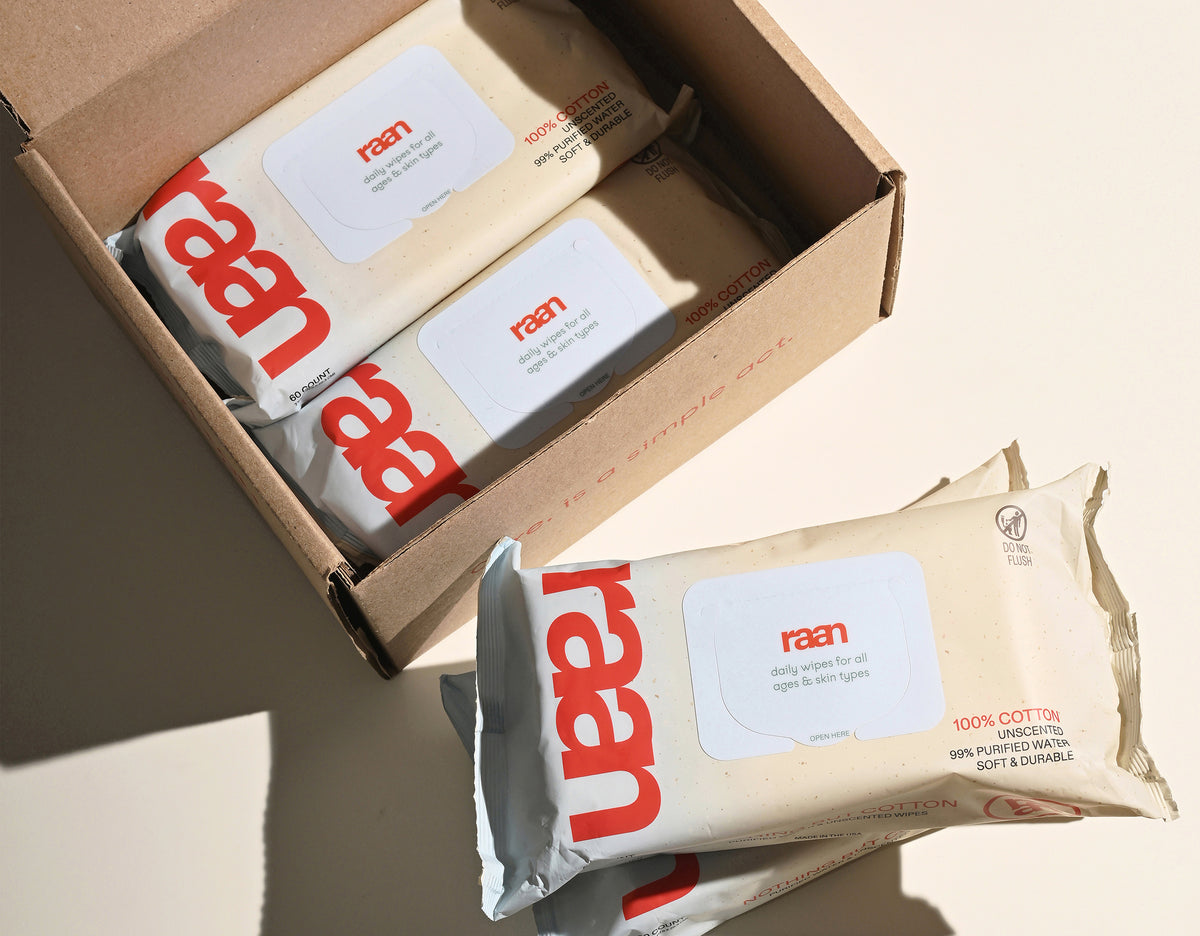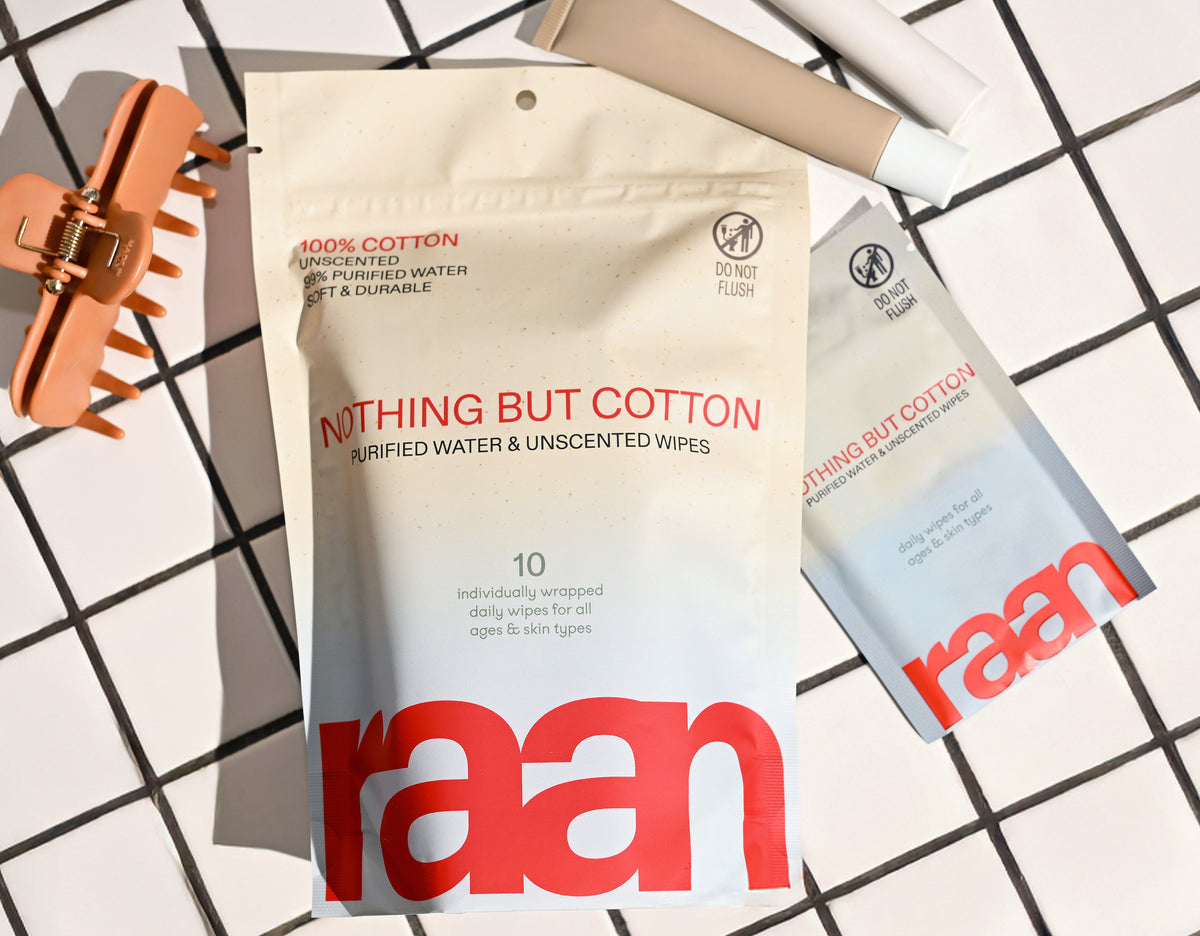Key Takeaways
- The best cloth nappies for newborns vary based on the baby's weight, skin sensitivity, and parental routine.
- All-in-one nappies with snap or velcro closures are ideal for first-time parents seeking easy changes.
- Prefolds with covers offer the most economical long-term cost savings.
- 100% cotton, unbleached nappies with EWG-verified materials are best for sensitive skin.
- Fitted nappies with natural fiber inserts provide excellent overnight protection.
Table of Contents
- Why "Best Cloth Nappies for Newborns"
- What Are Cloth Nappies?
- Why Parents Choose Cloth Nappies for Newborns
- The Different Types of Cloth Nappies for Newborns
- Materials Matter: Cotton vs. Bamboo vs. Synthetics in Newborn Cloth Nappies
- Newborn-Sized vs. One-Size-Fits-Most Nappies
- Choosing and Using Cloth Nappies: Step-by-Step for Newborns
Why "Best Cloth Nappies for Newborns"
What Are Cloth Nappies?

Cloth nappies are reusable diapering systems made from natural or synthetic fabrics that absorb moisture and contain waste. Unlike disposables with plastic backing and chemical gels, cloth nappies rely on breathable materials like cotton, bamboo, or hemp for absorption and waterproof covers for containment. For parents seeking the gentlest option, unbleached, 100% cotton baby wipes for sensitive skin can be a perfect complement to your cloth nappy routine.
For newborns, cloth nappies work through layered absorption, the inner fabric wicks moisture away from skin while outer layers hold liquid until the next change. This system requires changes every 2-3 hours but eliminates exposure to synthetic fragrances, bleaches, and plastic fibers against delicate newborn skin. If you want a convenient, travel-friendly solution, try an unbleached, 100% cotton pocket wipe for sensitive skin for gentle cleaning on the go.
How Today's Cloth Nappies Are Different
| Feature | Old-School (Pre-2000) | Modern (2020+) |
|---|---|---|
| Materials | Basic cotton terry, safety pins | Organic cotton, bamboo, snap closures |
| Fit | Bulky, one-size folding | Contoured, newborn-specific sizing |
| Drying Time | 8-12 hours line dry | 2-4 hours with quick-dry fabrics |
| Ease of Use | Complex folding, pins | Snap-on like disposables |
Why Newborn-Sized Cloth Nappies Matter
Newborn-specific nappies fit babies weighing 4-12 lbs with trim profiles that accommodate cord stumps and skinny newborn legs. One-size-fits-most options claim to work from birth but often gap around tiny thighs, causing leaks during those crucial first weeks when babies produce 8-12 wet diapers daily.
Why Parents Choose Cloth Nappies for Newborns
Parents switching to cloth nappies report 60% fewer diaper rashes in newborns, primarily due to breathable natural fibers and absence of synthetic fragrances. The transparency factor matters, you know exactly what touches your baby's skin: unbleached cotton, organic aloe, purified water, and food-grade preservatives instead of undisclosed "fragrance" and plastic polymers.
The environmental impact hits immediately: newborns use approximately 2,300 diapers in their first year. A complete cloth stash prevents this entire load from reaching landfills while saving $400-800 compared to disposable costs through potty training. For a complete, mess-ready solution, consider the mess-ready pack for all your newborn cleaning needs.
Real Stories: Everyday Messes and Parent Love
Newborn change routine: Sarah, first-time mom, found cloth changes took the same 3 minutes as disposables once she established her rhythm. "The cotton feels so much softer, and I never worry about what chemicals are sitting against her skin all night."
Out-and-about use: Parents pack 2-3 cloth nappies in wet bags for day trips, finding them less bulky than carrying disposable backups. The key is having designated storage for soiled nappies until home washing.
Addressing Myths: Hard, Gross, or Time-Consuming?
Night changes: Cloth nappies with natural fibers maintain breathability during 6-8 hour stretches, reducing the risk of heat rash that synthetic materials can trap against sensitive skin.
Myth vs. Reality: Top 3 Cloth Nappy Concerns
- Myth: "Cloth is disgusting to handle" | Reality: Modern wet bags contain odors; washing machines do the sanitizing
- Myth: "Takes hours of extra work weekly" | Reality: 15 minutes sorting + machine washing = same effort as trash runs for disposables
- Myth: "Doesn't work for working parents" | Reality: Many daycares accept cloth; backup systems prevent emergencies
The learning curve spans about one week. Parents report feeling confident with cloth changes, washing routines, and troubleshooting fit issues within their first 7-10 diaper changes. The key is starting with simple systems, all-in-one styles or prefolds with covers, rather than complex pocket systems.
The Different Types of Cloth Nappies for Newborns
| Type | Absorbency | Fit Range | Change Speed | Dry Time | Best For |
|---|---|---|---|---|---|
| All-in-One | Medium | 6-12 lbs | 30 seconds | 4-6 hours | Easy changes, beginners |
| Prefolds + Covers | High | 5-15 lbs | 90 seconds | 2-3 hours | Budget-conscious, maximum absorption |
| Pocket Nappies | Customizable | 7-12 lbs | 45 seconds | 3-4 hours | Custom absorbency needs |
| Fitted | Very High | 6-14 lbs | 60 seconds | 5-8 hours | Heavy wetters, overnight |
| Flats | Medium | 4-12 lbs | 2 minutes | 1-2 hours | Budget, quick drying |
All-In-One Newborn Nappies
All-in-one nappies function exactly like disposables, snap on, change, toss in diaper pail. The absorbent layers are sewn directly into the waterproof shell, eliminating stuffing or folding steps. For newborns weighing 6-12 lbs, they provide reliable containment for 2-3 hours of typical wetness.
These work best for parents wanting zero learning curve and caregivers unfamiliar with cloth systems. The trade-off: longer drying times since you can't separate layers, and higher per-unit cost compared to prefold systems. If you're just starting out, the starter set is a great way to try different cloth nappy options and find what works best for your newborn.
Prefolds & Covers
Prefold nappies are rectangular cotton pads with extra absorption layers down the center, paired with separate waterproof covers. For newborns, tri-fold the prefold lengthwise, lay in the cover, and fasten both around baby's waist.
This system offers the best value, one cover works with 3-4 prefolds, and prefolds dry quickly for frequent washing. The absorbency handles even the runniest newborn messes when properly fitted around tiny legs. For more tips on gentle cleaning, see our guide to best baby wipes for newborns.
Pocket Nappies
Pocket nappies feature a waterproof shell with an opening to stuff absorbent inserts inside. This allows custom absorbency, use one insert for quick changes, two for longer stretches, or different materials for various needs.
For newborns, start with single microfiber or cotton inserts, adding hemp boosters for nighttime. The pocket opening requires pre-stuffing after washing but enables faster drying than all-in-ones.
Fitted Nappies
Fitted nappies are shaped like disposables but made entirely from absorbent materials, no waterproof layer. They require separate covers but provide maximum absorption for heavy wetters and overnight use.
A real-world example: 4-week-old James soaked through every diaper system until his parents tried fitted cotton nappies with wool covers for 8-hour night stretches. The natural fiber combination wicked moisture while maintaining breathability.
Flats & Hybrids
Flat nappies are large cotton squares folded into custom shapes to fit your baby perfectly. The ultimate budget option, flats offer maximum flexibility for newborns who need custom sizing around tiny legs and waists.
Best for: Parents who want the lowest cost per nappy and don't mind a learning curve. Flats dry fastest and work well for babies between standard sizes.
Hybrid systems combine disposable inserts with reusable covers, offering convenience when you need it most. While not fully cloth, they reduce waste compared to full disposables while maintaining the simplicity new parents often need during those first overwhelming weeks.
Materials Matter: Cotton vs. Bamboo vs. Synthetics in Newborn Cloth Nappies

The fabric touching your newborn's skin matters more than marketing claims suggest. Each material behaves differently against delicate skin, affecting everything from rash prevention to how quickly you can turn around clean nappies.
Cotton: Breathable and Reliable
Unbleached, 100% cotton remains the gold standard for sensitive newborn skin. Cotton fibers allow air circulation while wicking moisture away from skin, creating the ideal environment to prevent diaper rash. The material's natural structure means fewer chemical treatments and processing steps, exactly what EWG-verified products prioritize.
Cotton nappies wash predictably, dry reliably, and maintain their absorbency over hundreds of uses. For parents concerned about what touches their baby's skin, cotton's transparency and minimal processing offer peace of mind that bamboo and synthetic blends can't match. For more on gentle options, read our article on best wipes for sensitive skin.
Bamboo: Soft but Slower
Bamboo viscose feels incredibly soft and absorbs more liquid than cotton, making it appealing for overnight use or heavy wetters. However, bamboo requires significant chemical processing to transform woody plants into soft fabric, which contradicts the "natural" claims often attached to bamboo products.
The main drawback for busy parents: bamboo takes longer to dry and can develop odor retention issues over time. For newborns who need frequent changes and quick laundry turnaround, cotton's reliability often wins over bamboo's softness.
Microfiber & Synthetics: Fast Drying with Cautions
Synthetic materials like microfiber dry fastest and resist staining, making them practical for quick-turnaround washing schedules. However, microfiber can irritate sensitive newborn skin and shouldn't touch skin directly, it needs a stay-dry layer or natural fiber barrier.
Polyester blends offer durability but trap odors more than natural fibers. For newborns with sensitive skin or parents prioritizing minimal chemical exposure, synthetic options often create more problems than they solve.
Newborn-Sized vs. One-Size-Fits-Most Nappies
The sizing decision impacts everything from leak prevention to cost per use. Newborn-specific nappies fit babies from 6-12 pounds with a trim profile that prevents gaps around tiny legs. One-size-fits-most (OSFM) nappies claim to work from 8-35 pounds but often create bulk and gaps on smaller babies.
| Feature | Newborn-Sized | One-Size-Fits-Most |
|---|---|---|
| Weight Range | 6-12 lbs | 8-35 lbs |
| Fit Quality | Precise, trim | Adjustable, bulkier |
| Usage Window | 2-4 months | Birth to potty training |
| Leak Prevention | Superior for runny newborn waste | Good once baby fills out |
| Cost Per Use | Higher (shorter usage window) | Lower (longer usage window) |
When to Transition Up
Most babies outgrow newborn nappies when they reach 10-12 pounds or when you notice red marks around the legs and waist. The transition typically happens between 8-16 weeks, depending on your baby's growth pattern.
Signs you're ready to size up include: difficulty fastening without creating tight spots, frequent leaks despite proper fit, or the nappy riding low on your baby's torso. Don't wait until the nappy becomes uncomfortable, babies communicate discomfort through fussiness during changes.
Maximizing Your Newborn Nappy Investment
Since newborn nappies have a short usage window, buy conservatively, 12-15 nappies usually suffice for full-time cloth use. Look for brands with strong resale value or lending programs that let you pass them on to other families. For more on newborn nappy care and hygiene, see this NHS guide to nappies.
Some parents skip newborn sizes entirely, accepting bulkier fit for the first few weeks to maximize their investment. This approach works but often results in more leaks and laundry during those early days when you're already overwhelmed.
Choosing and Using Cloth Nappies: Step-by-Step for Newborns
Success with cloth nappies starts with proper fit and realistic expectations. A well-fitted nappy should feel snug around your baby's legs and waist, secure, but never tight enough to leave deep marks. Change every 2-3 hours, or as soon as wetness is detected, to keep skin healthy and comfortable. Wash nappies every 1-2 days using a gentle, fragrance-free detergent, and avoid fabric softeners that can reduce absorbency.
For additional tips on keeping your newborn's skin healthy, check out our article on best wipes for delicate skin care.
For more information on safe diapering and hygiene, refer to this CDC diapering resource.
Frequently Asked Questions
What are the main differences between newborn-sized cloth nappies and one-size-fits-most options?
Newborn-sized cloth nappies are designed to fit babies weighing 4-12 pounds with a trim profile that accommodates cord stumps and small legs, reducing leaks. One-size-fits-most nappies claim to work from birth but often gap around tiny thighs, making them less reliable during those early weeks when frequent changes are needed.
How do cloth nappies benefit newborns with sensitive skin compared to disposable diapers?
Cloth nappies use breathable, natural fabrics like unbleached, 100% cotton that avoid synthetic fibers, fragrances, and bleach found in many disposables. This reduces irritation and supports healthier skin by allowing better airflow and minimizing exposure to harsh chemicals.
Which types of cloth nappies are best suited for overnight protection for newborns?
Fitted nappies with natural fiber inserts provide excellent overnight protection by offering layered absorption and a snug fit that helps contain moisture longer. Their design supports longer wear while keeping skin comfortable and dry.
What are the cost and environmental advantages of using cloth nappies for newborns?
Cloth nappies, especially prefolds with covers, offer significant long-term savings by being reusable through multiple diaper changes and children. Environmentally, they reduce waste by eliminating single-use plastics and gels, and choosing unbleached, natural materials further lowers chemical impact.






